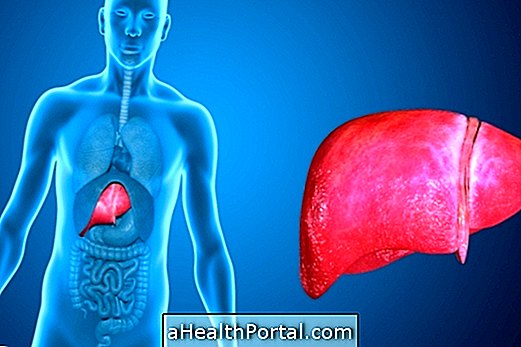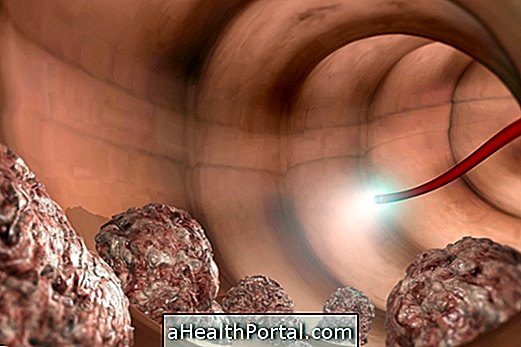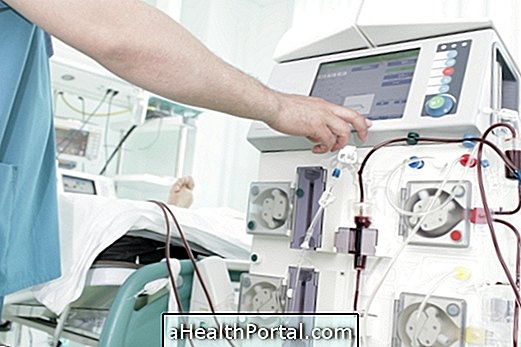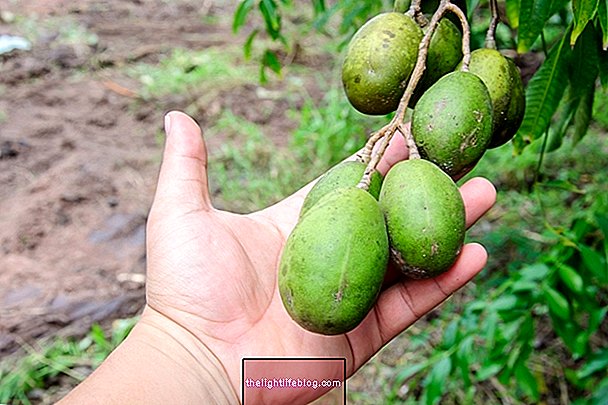Surgery for gastric ulcer is used in a few cases, as it is usually possible to treat this type of problem only with the use of medicines such as antacids and antibiotics and food care. See how ulcer treatment is done.
However, surgery for gastric ulcer may be needed in more severe cases where there is stomach perforation or severe bleeding that can not be treated otherwise, or in other situations such as:
- Occurrence of more than 2 episodes of hemorrhagic ulcers;
- Gastric ulcer with suspected cancer;
- Frequent severe recurrences of peptic ulcers.
Ulcers can recur after surgery, so it's important to avoid overweight and poor diet, rich in sugar and fat. Here's how to make proper nutrition and avoid ulcers.

How is the surgery done
The surgery for gastric ulcer is done in the hospital, with general anesthesia and lasts about 2 hours, and the patient may need to stay hospitalized for more than 3 days.
Generally, this surgery is done by videolaparoscopy, but can also be performed with a cut in the belly, to allow the doctor to reach the stomach. Next, the doctor locates the ulcer and removes the affected part of the stomach, rejoining the healthy parts to close the stomach.
After surgery, the patient should be hospitalized until there is no risk of developing complications such as bleeding or infection, for example, and may return home at least 3 days later. Even after leaving the hospital, the person should take some special care with food and exercise during recovery. Find out what care to take.
What are the risks of surgery?
The main risks of surgery for gastric ulcer are the formation of a fistula, which is an abnormal connection between the stomach and abdominal cavity, infections or bleeding. However, these complications are rare, especially after the patient is discharged.












-o-que--sintomas-e-tratamento.jpg)










